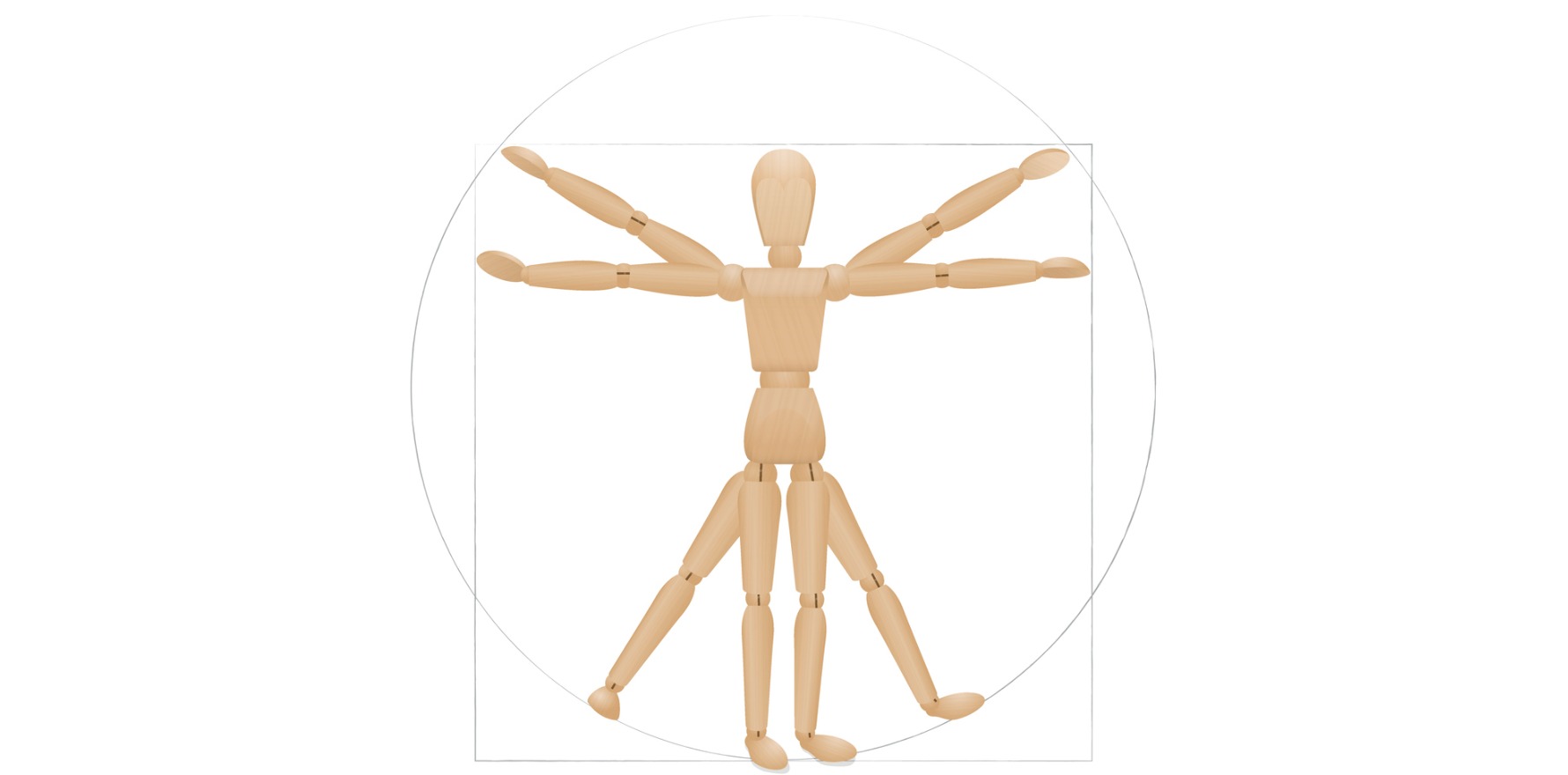Why the population on your books might not reflect the presentations you see every day.
According to NPS MedicineWise, the average patient is an adult female from a higher socioeconomic bracket, maybe with a history of hypertension or anxiety.
The average consult, though, is not with that patient.
Since 2011, the national prescribing service has run the MedicineInsight program, which uses third-party data extraction tools to gather deidentified information from participating GP practices.
The most recent tranche of data, which was released last month, gives a glimpse into what went on in the consult rooms of 4100 GPs over the first two years of the pandemic.
It may be the last data to come out of the MedicineInsight program, which announced today it will wrap up its activities at the end of the year after losing federal funding.
Patients were more likely to be a woman between the ages of 20 and 39 with a middle-to-high socio-economic status.
But that patient only comes in about three times per year.
The patient in the average clinical encounter – i.e. the people who are booking the most appointments – looked slightly different.
They’re still more likely to be a woman, but she will typically be 60 or older, live in a regional area and come from a disadvantaged socioeconomic background.
This patient comes in closer to six times per year.
What this means is that older and more disadvantaged people require higher levels of care, despite making up a smaller proportion of patients on the books; patients in the practice database do not necessarily reflect the people who are coming in the most.
In terms of clinical conditions, patients most commonly presented with hypertension, followed by mental illness.
Of every 100 clinical encounters, 11 were with a patient with recently recorded hypertension, 10 were with a patient with recently recorded anxiety and nine were with a patient with recently recorded depression.
Broadening the parameters, for every 100 clinical encounters around 30 patients had a history of hypertension, 23 had a history of anxiety and 25 had a history of depression.
Around a third of those 100 consults would be with someone who has a history of low back pain, and one quarter would include a patient with a history of GORD.
Perhaps unsurprisingly, medications to treat hypertension and depression led the pack in terms of prescriptions.
“Medicines for the nervous system (which include analgesics, antidepressants and medicines to treat epilepsy and Parkinson disease) accounted for the largest proportion of medicines prescribed for MedicineInsight patients in terms of issued prescriptions (29.5%),” the NPS MedicineWise report read.
“However, cardiovascular medicines accounted for the largest proportion of medicines ordered for MedicineInsight patients in terms of the total volume of prescriptions (32.2%).”
The MedicineInsight data also captured mental health presentations from the 2020 and 2021 lockdowns, which many feared would cause a spike in mental health issues.
While the rates of mental illness consults, at least in general practice, did indeed increase in 2020, they fell in 2021.





